Targeted violence
against females, dismal healthcare and desperate poverty make
Afghanistan the world's most dangerous country in which to be born a
woman, with Congo a close second due to horrific levels of rape.
Pakistan, India and Somalia ranked third, fourth and fifth,
respectively, in the global survey of perceptions of threats ranging
from domestic abuse and economic discrimination to female foeticide (the
destruction of a fetus in the uterus), genital mutilation and acid
attack. A survey compiled by the Thomson Reuters Foundation to mark the
launch of TrustLaw Woman*, puts Afghanistan at the top of the list of
the most dangerous places in the world for women. TrustLaw asked 213
gender experts from five contents to rank countries by overall
perceptions of danger as well as by six categories of risk. The risks
consisted of health threats, sexual violence, non-sexual violence,
cultural or religious factors, lack of access to resources and
trafficking. The collection of images that follow were provided by
Reuters to illustrate the dangers women face in those 5 countries. -- Paula Nelson (*TrustLaw Woman is a website aimed at providing free legal advice for women’s' groups around the world.) (17 photos total)

Women
in Afghanistan have a near total lack of economic rights, rendering it a
severe threat to its female inhabitants. An Afghan soldier uses a
wooden stick to maintain order among women waiting for humanitarian aid
at a World Food Programme WFP distribution point in the city of Kabul,
December 14, 2001. The U.N. (WFP) started its biggest ever food
distribution in the Afghan capital, handing out sacks of wheat to more
than three-quarters of the war-ravaged city's population. (Damir
Sagolj/Reuters)

Continuing
conflict, NATO airstrikes and cultural practices combine to make
Afghanistan a very dangerous place to be a woman," says Antonella
Notari, head of Women Change Makers, a group that supports women social
entrepreneurs around the world. A woman walks past riot police outside a
gathering in Kabul's stadium, February 23, 2007. (Ahmad Masood/Reuters)
#

An
Afghan woman checks on her daughter in a hospital in Charikar city, May
11, 2009. Nearly 50 Afghan teenagers were in the hospital after a
mystery gas attack on a girls' school in the northern town of Charikar,
the second mass poisoning of female students in a month. Attacks on
girls schools have increased, particularly in the east and south of the
country. A year prior, a group of schoolgirls in Kandahar had acid
thrown in their faces by men who objected to them attending school.
(Omar Sobhani/Reuters) #

The
relative of an Afghan prisoner cries outside Pul-i-Charkhi prison on
the eastern outskirts of Kabul, Afghanistan, February 28, 2006. A siege
at Pul-i-Charkhi, Afghanistan's biggest prison, entered a fourth day but
the government expressed hope for a peaceful resolution to a bloody
revolt by hundreds of inmates. (Ahmad Masood/Reuters) #
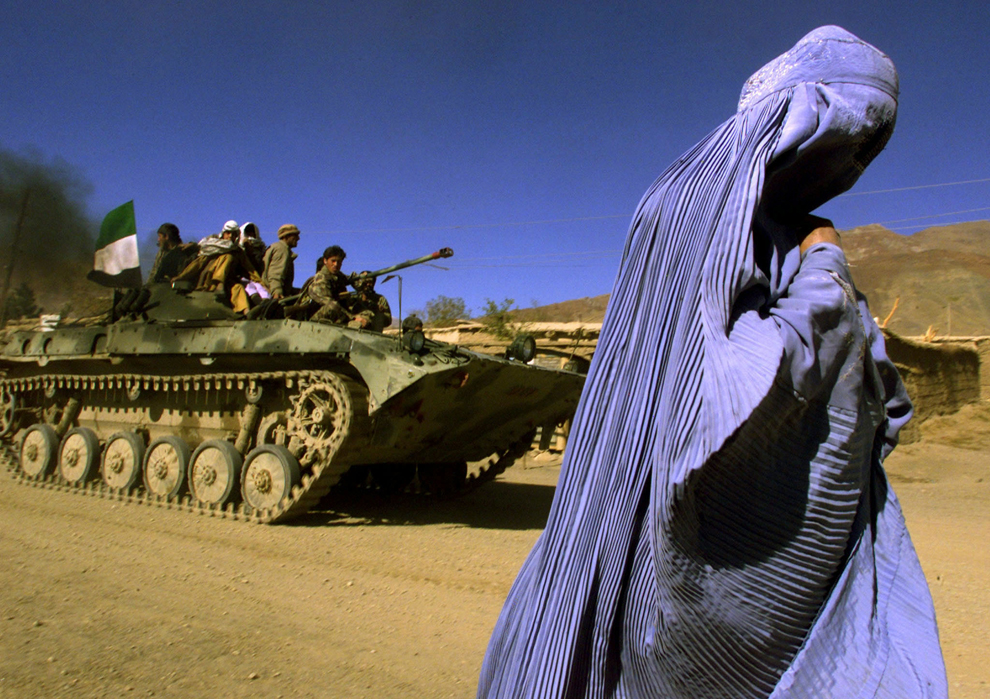
An
Afghan woman wearing a traditional Burqa walks on the side of a road as
a Northern Alliance APC, (Armoured Personnel Carrier) carrying fighters
and the Afghan flag, drives to a new position in the outskirts of Jabal
us Seraj, some 60kms north of the Afghan capital Kabul, November 4,
2001. The Northern Alliance, a mix of mostly ethnic Uzbek and Tajik
fighters in the north, is viewed with suspicion and enmity by ethnic
Pashtuns, who operate in other areas. (Yannis Behrakis/Reuters) #
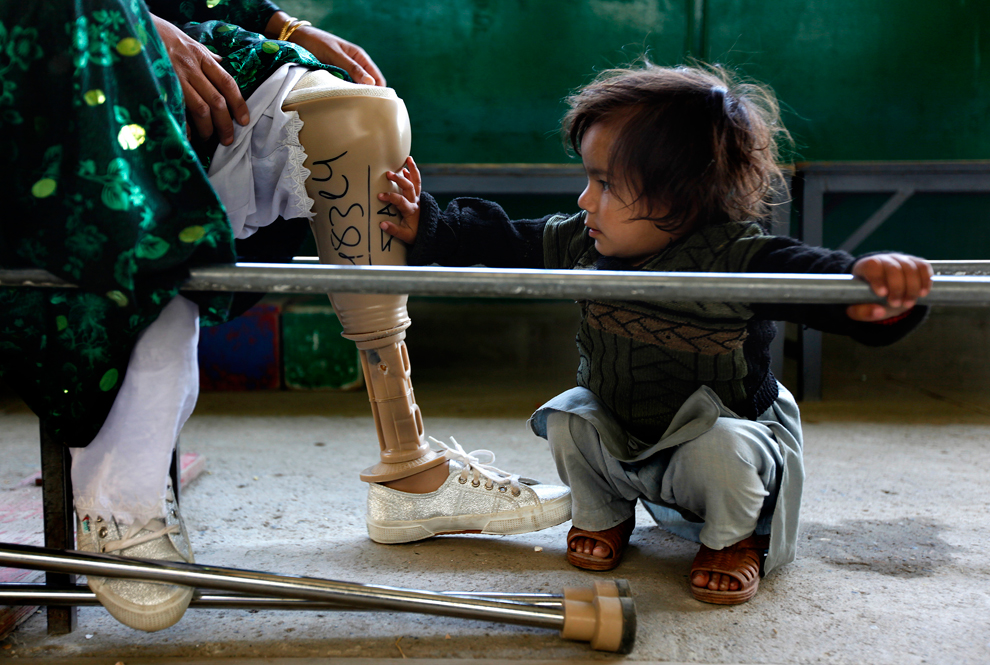
An
Afghan girl touches her mother's artificial leg at the ICRC Ali Abad
Orthopaedic centre in Kabul, November 12, 2009. The centre, which is run
mostly by disabled people, aims to educate and rehabilitate landmine
victims and people with any kind of deformities, to help them integrate
effectively into society. They also provide the patients with a
18-months interest free $600 micro credit loan. (Jerry Lampen/Reuters) #
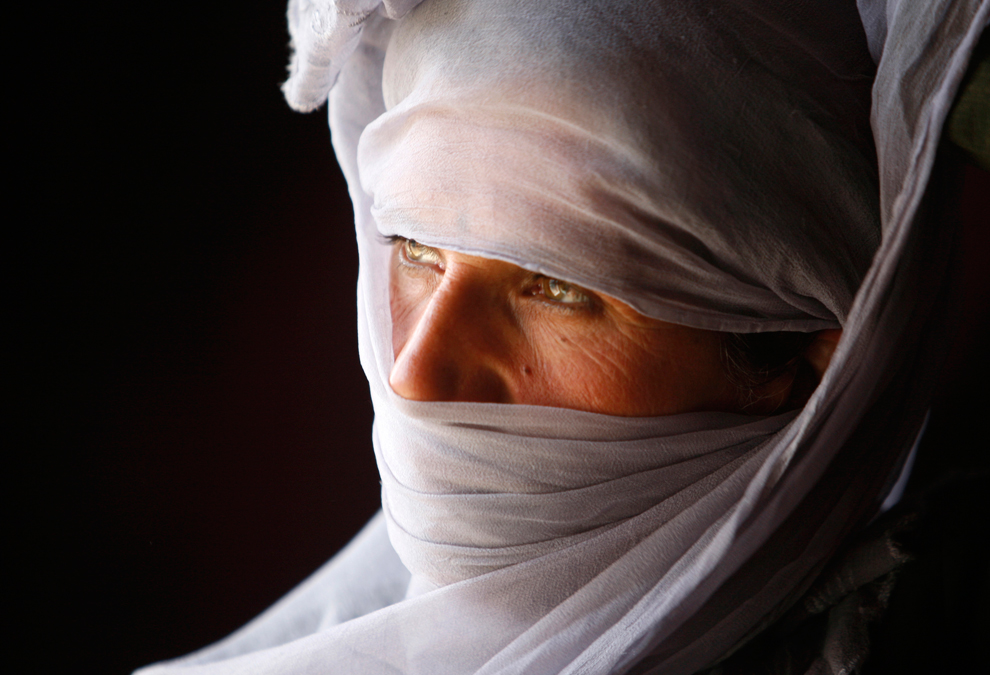
Women
who do attempt to speak out or take on public roles that challenge the
ingrained gender stereotypes of what is acceptable for women to do or
not, such as working as a policewoman or news broadcaster, are often
intimidated or killed. A woman attends an event to discuss the
presidential candidates in Kabul, August 11, 2009. (Lucy
Nicholson/Reuters) #
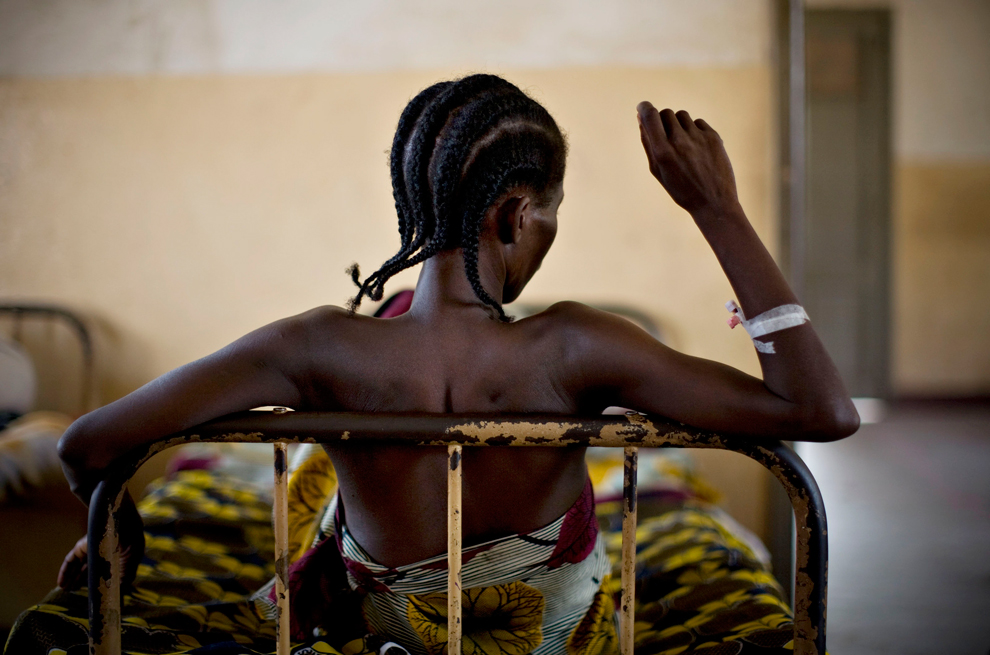
The
staggering levels of sexual violence in the lawless east of the DRC
account for its ranking as the second most dangerous place for women.
One recent US study claimed that more than 400,000 women are raped there
each year. The UN has called the Congo the rape capital of the world.
A woman who has recently undergone surgery rests at the general
hospital at Dungu in northeastern Congo, February 17, 2009. (Finbarr
O'Reilly/Reuters) #

"Rights
activists say militia groups and soldiers target all ages, including
girls as young as three and elderly women", according to the survey.
"They are gang-raped, raped with bayonets and some have guns shot into
their vaginas," the report continues. People flee after renewed
fighting erupting around Kibati village, November 7, 2008. Fighting
between rebels and government troops flared in east Congo, and African
leaders called for an immediate ceasefire to end a conflict the U.N.
said could engulf the country's Great Lakes region. (Stringer/Reuters)
#



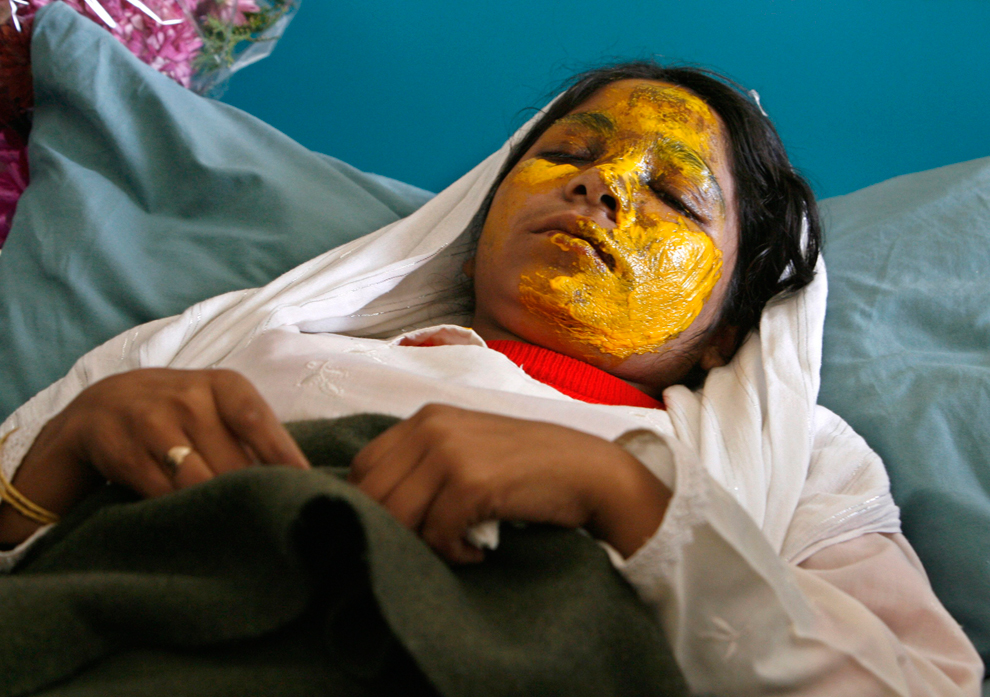

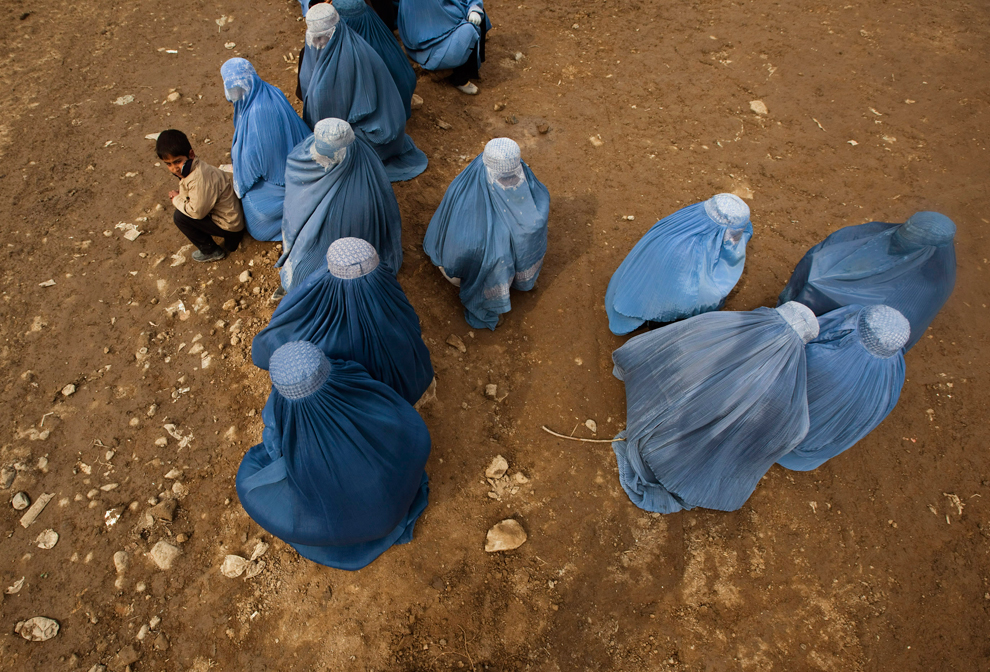
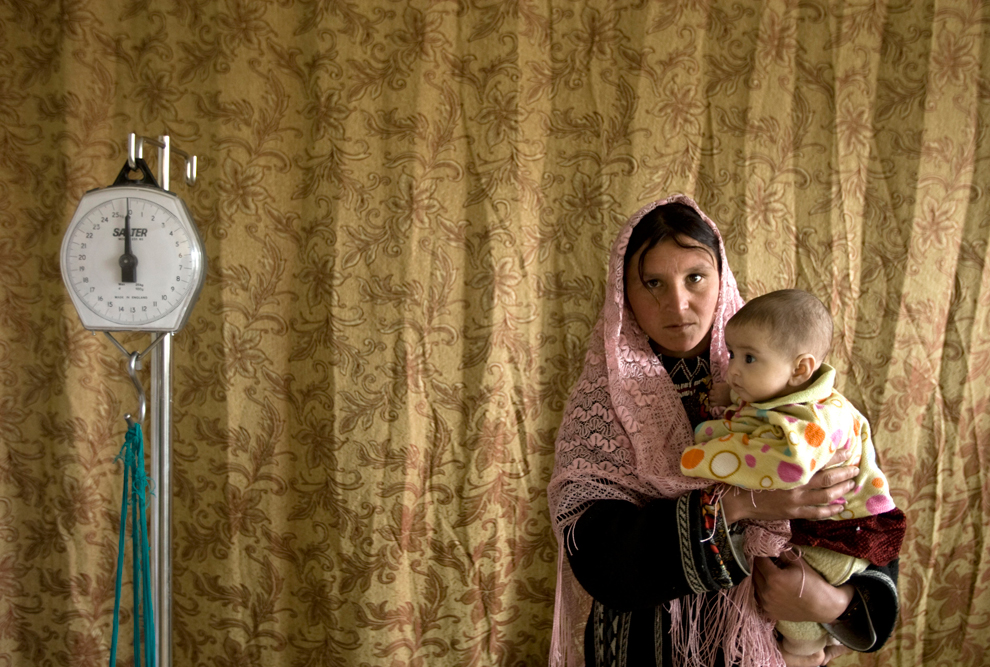
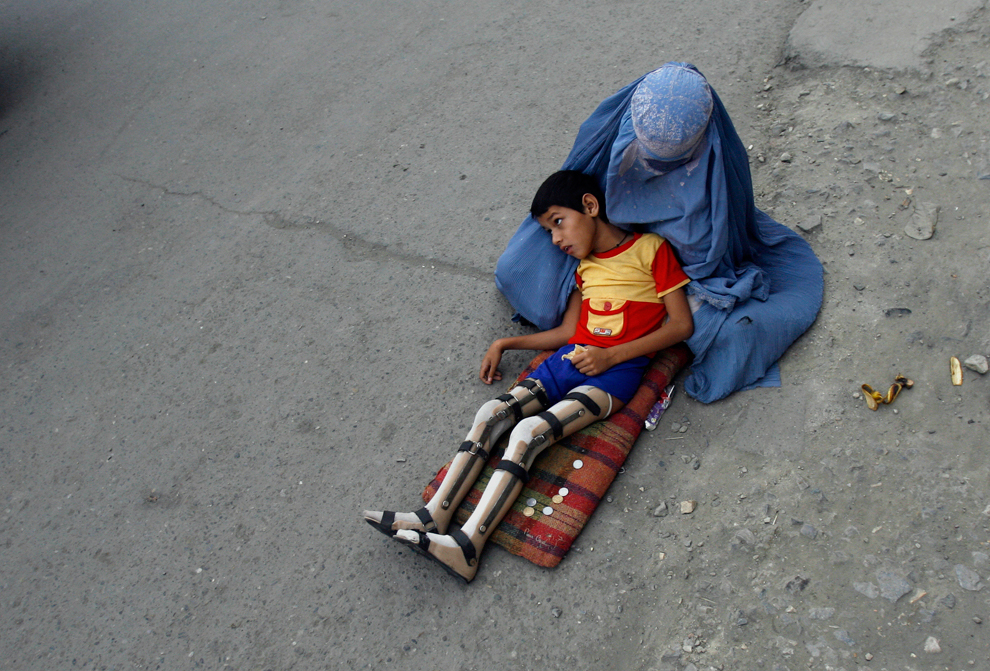
Aucun commentaire:
Enregistrer un commentaire